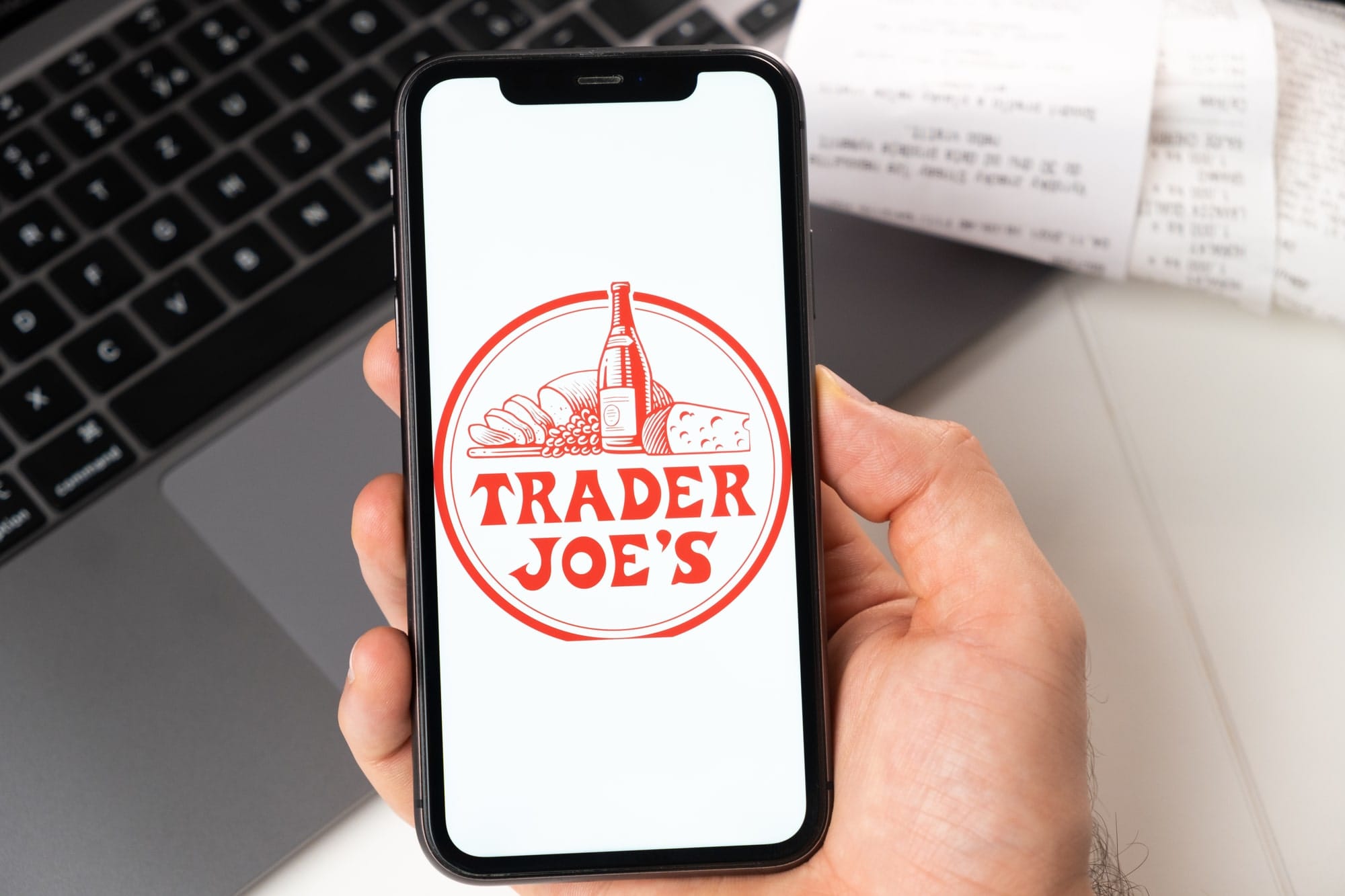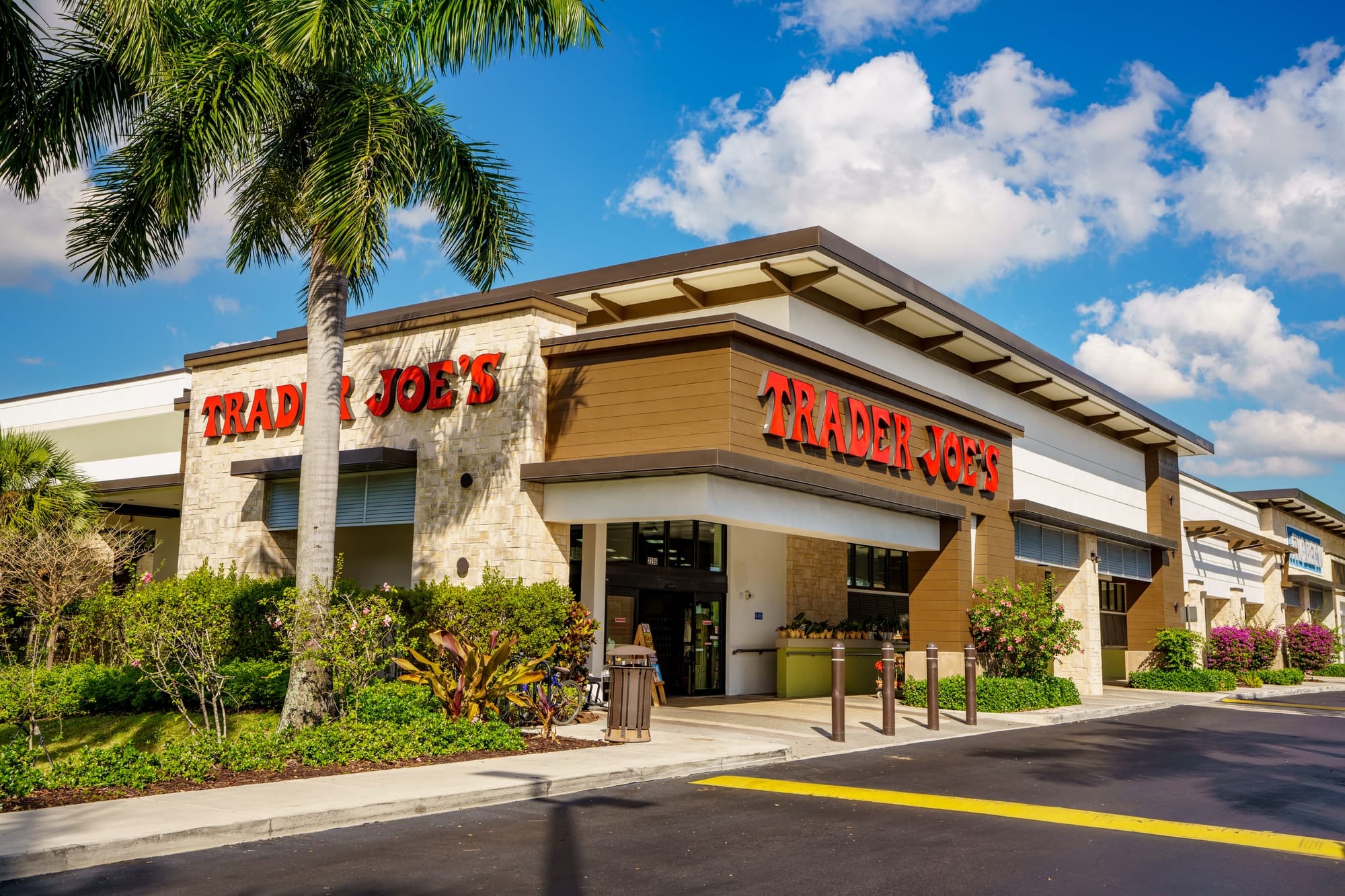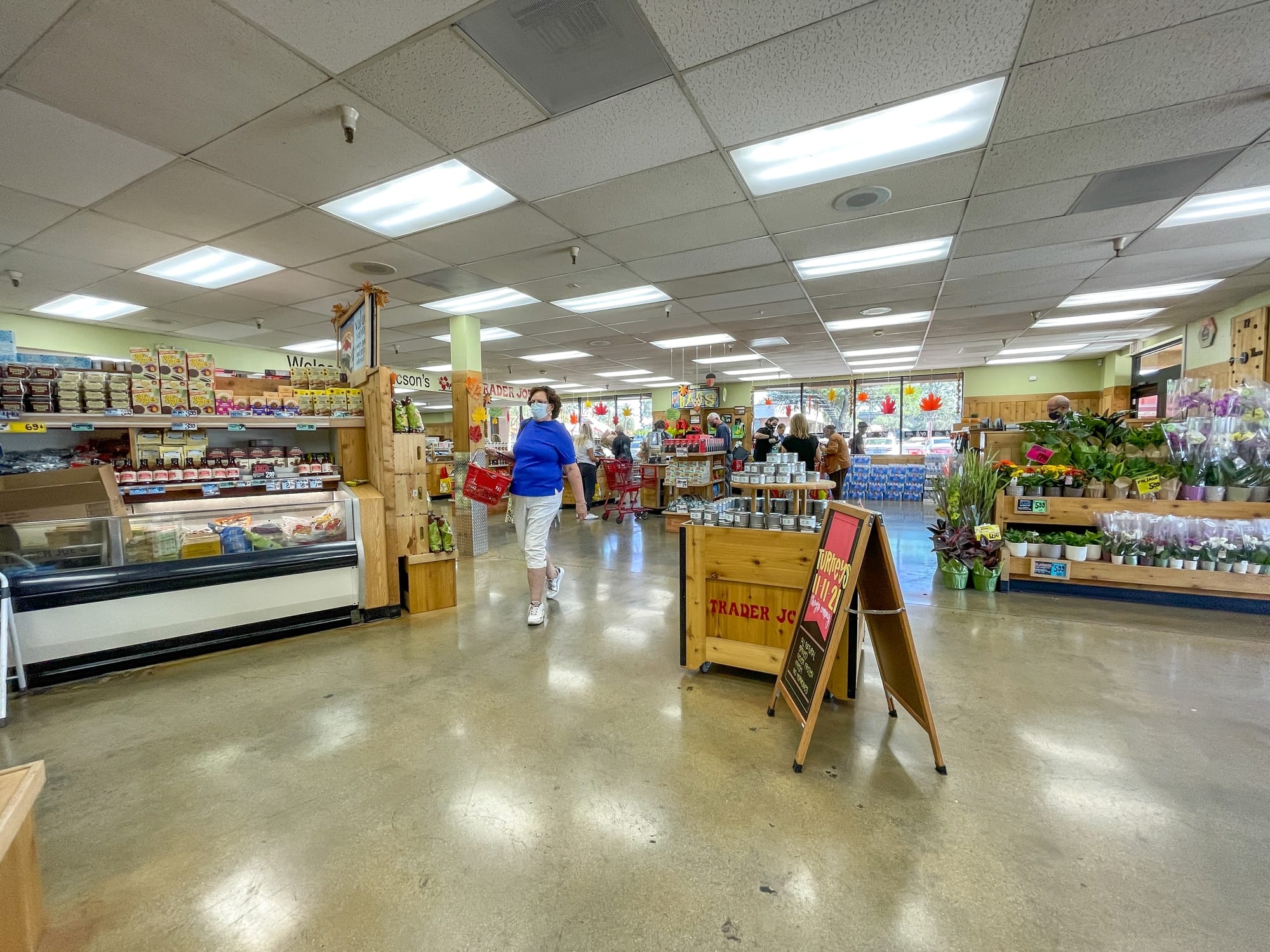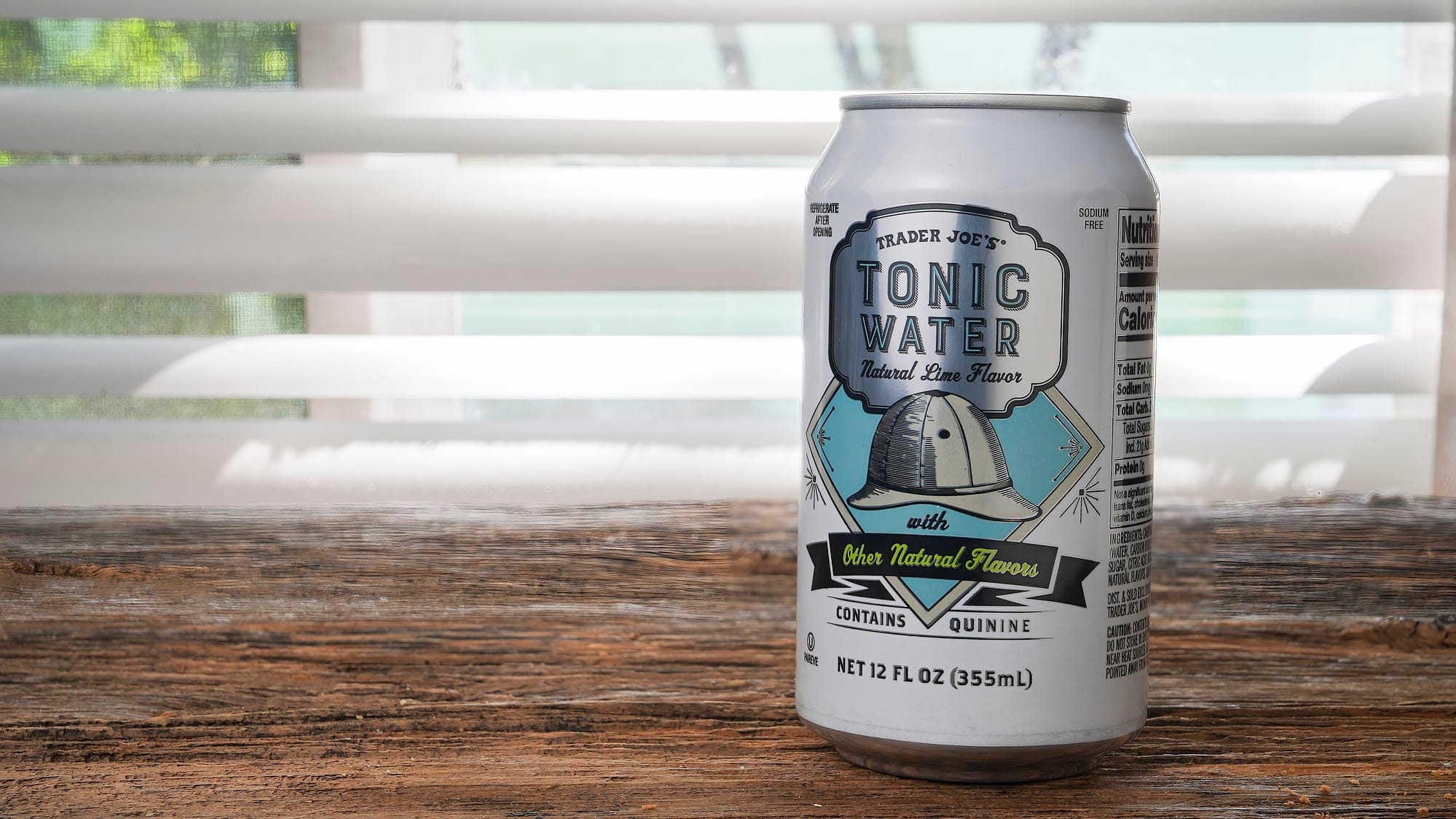Trader Joe's, headquartered in Monrovia, California, has established a formidable nationwide presence with 569 stores. Its inception in 1967 can be traced back to Joe Coulombe's vision, which evolved from Pronto Market convenience stores. Seeking to differentiate itself, Trader Joe's drew inspiration from the South Seas motif and the 1960s Tiki culture craze, resulting in the playful moniker "Trader Joe's," influenced by the renowned tiki-themed restaurant, Trader Vic's.
The brand's very first store, which remains operational in Pasadena, California, swiftly garnered popularity for its distinctive, affordable approach to food and beverages. In 1979, German entrepreneur Theo Albrecht, owner of Aldi Nord, acquired Trader Joe's, ushering in a period of expansion under various leadership, including John V. Shields and Dan Bane. Trader Joe's embarked on significant geographical expansions, entering Arizona in 1993, the Pacific Northwest in 1995, and the East Coast in 1996. This expansion was characterized by a steadfast commitment to offering unique, high-quality products at competitive prices.
Over the years, Trader Joe's has consistently grown and innovated, earning a reputation for achieving the highest sales per square foot among U.S. grocers. The company places a strong emphasis on sustainability, organic product options, and a diverse range of offerings, which have endeared it to a broad customer base. However, Trader Joe's has also faced scrutiny concerning its choice of store locations and its potential role in gentrification. Nonetheless, as of 2023, Trader Joe's remains a highly influential and beloved player in the American grocery retail landscape, with Bryan Palbaum leading as CEO, a dedicated workforce of more than 50,000 employees, and adaptable stores seamlessly blending with the unique character of their respective neighborhoods.

Below, we conduct a Trader Joe's SWOT Analysis, highlighting the strengths, weaknesses, opportunities and threats of the grocery retail brand.
Strengths of Trader Joe’s
A Historic Grocery Store Chain Since 1967
Since 1967, Trader Joe's, a cherished US grocery chain, has drawn a loyal customer base with its rich history. This legacy inspires employees and resonates with society, fuelling its continued success and preservation.
Strong Distribution Network
Understand how Trader Joe's vast distribution network gives it a competitive advantage. This centralized distribution system gives accessibility to customers, cost-effectiveness, and transparency.
Their distribution network, which has 569 stores in 42 states across the United States, enables quick product delivery and extensive geographic coverage, setting them apart in the sector.
Delivering Quality at Affordable Prices
Trader Joe's competitive advantage lies in consistently offering high-quality products at lower prices. This commitment to affordability without compromising quality has made it a preferred choice for budget-conscious shoppers, setting it apart in the market.
Mastery of Private Label
Trader Joe's succeeds in leveraging the power of private label items, a competitive advantage in the retail market. The company's commitment to providing a diverse range of high-quality, reasonably priced private label goods is a pillar of its success. Trader Joe's maintains strict quality standards, ensures originality, and gives outstanding value to its customers by controlling the production and branding of these products. This commitment to private label excellence not only builds customer trust but also improves the shopping experience, propelling Trader Joe's to the forefront of private label retail.
Sustainability Initiatives
Trader Joe's is inherently committed to continuous improvement in sustainability. Despite supply chain challenges, the company enhanced packaging and resource management. Its small, energy-efficient stores, organic products, and avoidance of GMOs, synthetic colors, and artificial flavors minimize environmental impact. With shorter delivery distances and electric trucks, they reduce emissions. A five-point sustainability framework guides their packaging choices. They have significantly reduced plastic use and efficiently manage resources, notably recycling and composting. Their Neighbourhood Shares Program effectively minimizes food waste by donating unsold products to those in need.
Demographic Versatility: Attracting Shoppers of All Ages
Trader Joe's boasts a strong customer base, as revealed by a recent survey (July 2022 - June 2023) of 10,014 respondents in the United States. The data shows that 13% of individuals aged 18 to 29, 11% aged 30 to 49, and 9% aged 50 to 64 regularly choose Trader Joe's. This underscores the company's ability to attract and retain customers across diverse age groups, demonstrating its wide market appeal and customer loyalty.
A Financial Powerhouse in Retail
Trader Joe's achieved remarkable financial stability in 2022, boasting $13.3 billion in annual revenue, reaffirming its market dominance. Notably, with 50,000 employees, the company's impressive $266,000 revenue-per-employee ratio highlights its operational efficiency, solidifying its position as a robust and well-structured player in the competitive retail industry.
Efficient Small-Store Model with 4000 SKUs
Trader Joe's excels with its efficient small-store model, offering a carefully curated selection of around 4000 SKUs (Stock Keeping Units). This strategy delivers a unique, customer-centric shopping experience while maintaining tight inventory control, reducing costs, and optimizing shelf space. This approach reinforces the brand's commitment to quality and value, making Trader Joe's a standout in the competitive grocery retail industry.

Weaknesses of Trader Joe’s
Complexity of the Supply Chain
Trader Joe's faces quality challenges amid modern supply chain complexities. Recalls linked to
contaminants underscore the need for heightened supplier vigilance to protect their reputation for safety and quality. Enhancing supplier management and quality control is essential to addressing this vulnerability.
Limited online delivery presence
While the company's strong emphasis on in-store shopping and unique product offerings has its merits, it leaves them vulnerable to competitors with more robust online delivery options, especially in situations where customers prefer or require online shopping convenience.
Geographical Limitation
Trader Joe's exclusive U.S. focus is a weakness, as it hampers international expansion, making the company reliant on a single market. During domestic financial recessions, this dependency can be a vulnerability, impacting financial stability and missing out on global growth and diversification opportunities.
Wealth Perception
While Trader Joe's is known for its affordable prices, this reputation might deter affluent customers from visiting their stores. The perception of low-cost products could potentially discourage higher-income shoppers who might prefer stores with more premium offerings and brands.
Advertising Constraint
Trader Joe's minimal use of traditional advertising, although effective in nurturing a loyal customer base, presents a weakness in terms of reaching potential customers who may be unfamiliar with the brand, limiting their growth potential.
Product Restriction
Due to the absence of nationally known brands, prescription pharmaceuticals, large appliances, automotive supplies, apparel, electronics, and office supplies, Trader Joe's has a deficiency in its product line. They also provide a small selection of furniture, sporting goods, power tools, baby items, home decor, kitchen appliances, books, and hardware, which may restrict the alternatives for people looking for these items to shop.

Opportunities of Trader Joe’s
Online Delivery
The opportunity for Trader Joe's to begin offering delivery services is tempting, given the rapid increase of online delivery and e-commerce. This is consistent with data estimates that show offering delivery alternatives can increase sales by satisfying customer preferences for convenient online purchasing and delivery.
Exploit Global Markets
By going global, Trader Joe's will have the opportunity to establish itself outside of the US and enter foreign markets. Trader Joe's can accommodate a variety of worldwide consumer tastes by utilizing its distinctive product array and cost-effective strategy. This expansion requires careful logistical preparation, market research, and cultural adaptability. However, it has the potential to expand Trader Joe's consumer base internationally, increase sales, and make the grocery store a household name.
Introducing Separate Vegetarian and Vegan Sections
Trader Joe's can enhance its commitment to dietary diversity by creating separate sections for vegetarian and vegan products. This strategic step simplifies shopping for customers with these preferences, underscores Trader Joe's customer-centric approach, and fosters loyalty among those seeking plant-based options. Clearly labeled and conveniently located sections would make it easier for them to explore a variety of plant-based choices.
Engagement with Local Suppliers
Trader Joe's goal to address the growing demand for locally produced items is aligned with its commitment to strengthen relationships with local suppliers and increase local sourcing. This not only strengthens the business's sustainability measures but also encourages community support, deepening its relationship with regional partners.
Championing Sustainability
Trader Joe's can demonstrate its dedication to the environment through eco-friendly practices like reducing plastic use, ethical sourcing, supporting eco-transport, and curbing food waste. These initiatives align with eco-conscious consumers and can enhance brand loyalty and attract like-minded customers.
Vertical Integration
Trader Joe's can explore vertical integration by owning and controlling various stages of its supply chain, from production to distribution. This strategic move can lead to greater cost control, quality assurance, and the ability to offer unique, private-label products, ultimately bolstering the company's competitive edge in the grocery industry.
Expanding into Organic and Non-GMO Markets
To tap into the growing demand among health-conscious consumers, Trader Joe's should consider broadening its range of organic and non-GMO products. This strategic initiative not only aligns with market trends but also has the potential to significantly increase revenue by catering to consumers' evolving preferences.
Launch Loyalty Programmes
A significant potential for Trader Joe's to increase consumer engagement and retention is provided by a loyalty program. Trader Joe's may build better bonds with its customers, encourage repeat business, and obtain invaluable insights into consumer preferences for more successful marketing and product initiatives by providing rewards, personalized discounts, and unique privileges.

Threats to Trader Joe’s
Intense Competition
Trader Joe's faces fierce competition from established players like Kroger, Walmart, and Safeway, as well as online giants like Amazon Fresh. This rivalry constantly threatens Trader Joe's market share, potentially impacting its ability to attract and retain customers, maintain competitive pricing, and sustain profitability in a crowded grocery landscape.
Labour Issues
Labor issues, including strikes, wage disputes, and recruitment difficulties, can disrupt Trader Joe's operations. This can lead to increased labor costs, reduced staff morale, and potential service disruptions, impacting customer experience and store efficiency. Proactive labor management is essential to mitigate these challenges.
Commodity Price Volatility
These businesses rely on ingredients like wheat and milk, but their prices can fluctuate due to factors like weather and government regulations. When prices rise, it's tough to raise customer prices quickly. Intense competition makes it even harder. Failing to manage these challenges well could reduce their profits.
Cost Reduction Strategy Risks
The company relies on efficient cost-cutting strategies due to uncontrollable expenses like raw materials and energy. Improving operational efficiency is crucial. Project delays could harm profits, and if cost-saving measures fall short, financial outcomes may be at risk.
Reliance on Third-Party Manufacturers
The business relies on third-party manufacturers for several products, such as protein bars and cereals. Challenges like production delays, compliance issues, or unexpected costs may arise, potentially impacting the business's ability to meet safety standards and delivery deadlines, with consequent adverse effects on its operations.
IP Protection
The company places high value on its intellectual property rights, encompassing trademarks, patents, and copyrights. Protection is sought through legal means and agreements. The risk of intellectual property infringement claims from third parties could lead to costly defenses, product alterations, or licensing expenses, potentially impacting profits and future prospects.

Trader Joe’s SWOT Analysis: Final Thoughts
In conclusion, Trader Joe's has established itself as a formidable player in the American grocery retail landscape with a rich history, strong distribution network, and a commitment to delivering quality at affordable prices. Its mastery of private label products, sustainability initiatives, and ability to attract shoppers of all ages are significant strengths. However, complexities in the supply chain, limited online presence, and geographical limitations pose challenges.
Opportunities for Trader Joe's include expanding into online delivery, global markets, and dietary-specific sections, engaging with local suppliers, championing sustainability, and exploring vertical integration. Nonetheless, the company faces threats from intense competition, labor issues, commodity price volatility, and risks associated with cost reduction strategies and reliance on third-party manufacturers. Managing these factors effectively will be crucial for Trader Joe's continued success in the grocery industry.
Make sure to check out more examples of SWOT analysis here.









